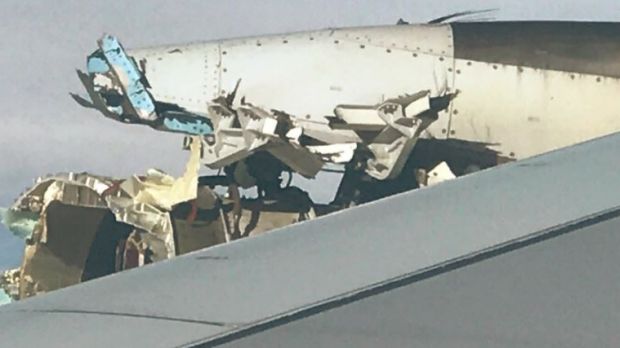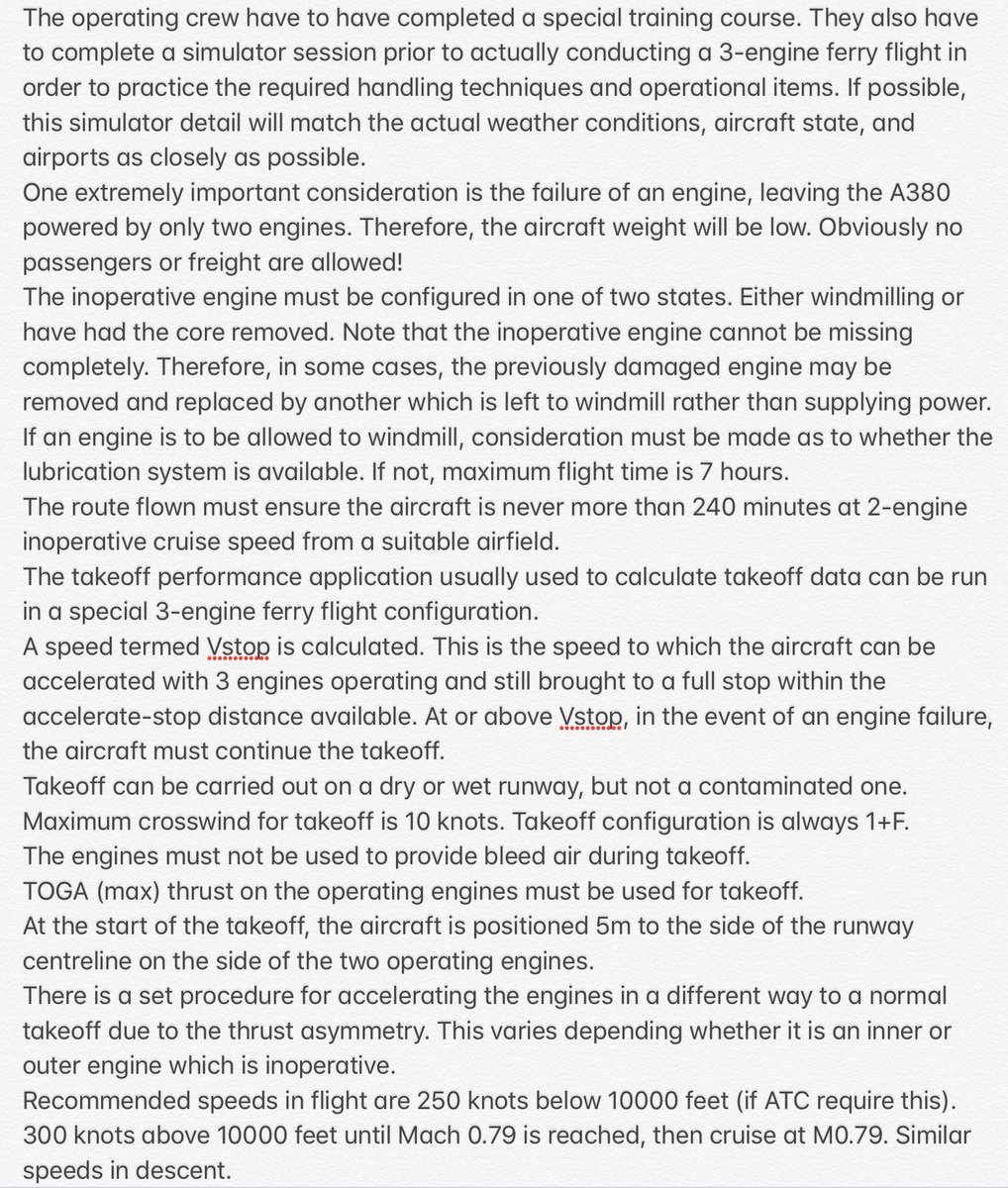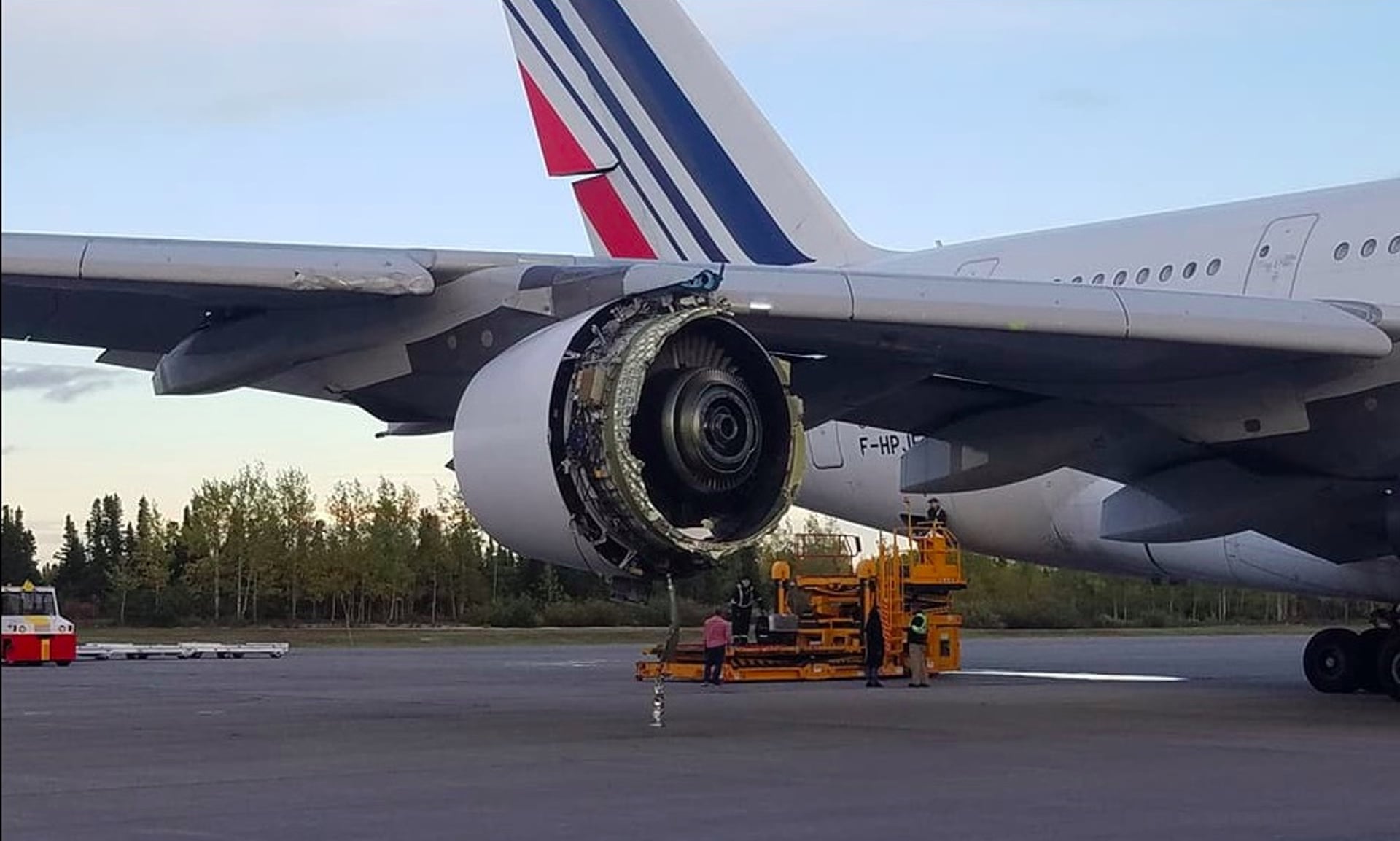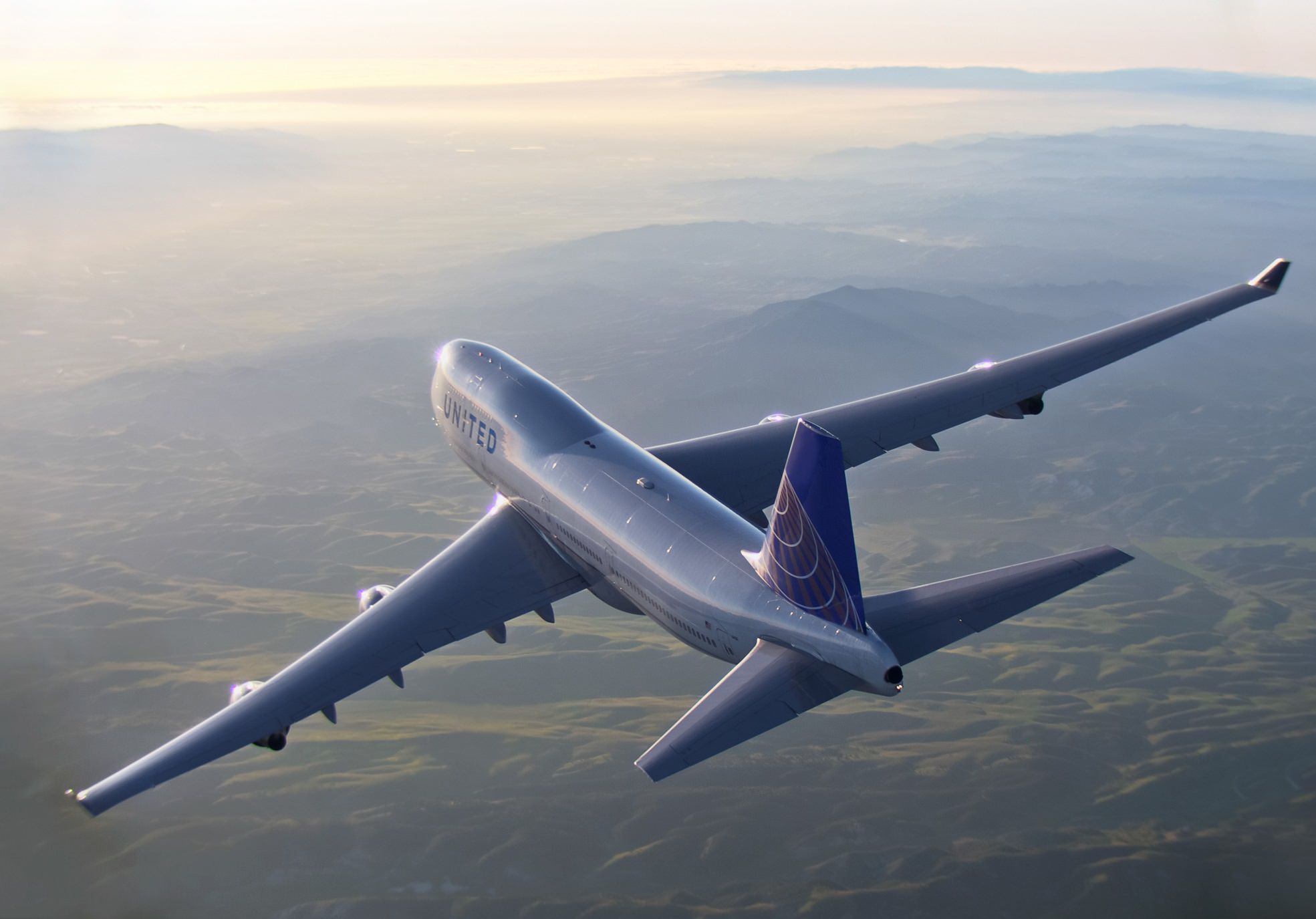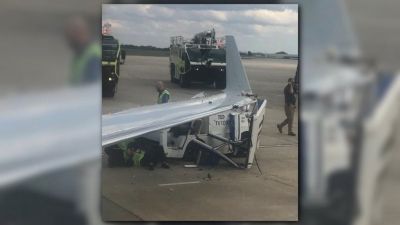From AOPA
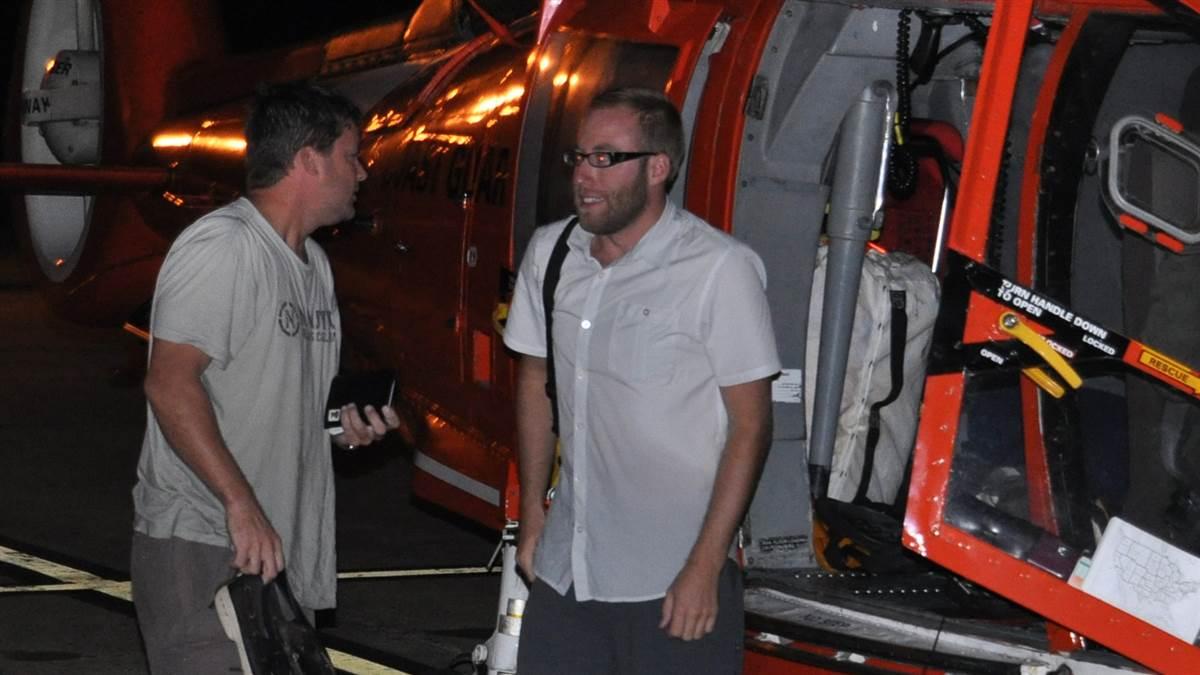
Texas pilot Theodore R. Wright III emerged from the Gulf of Mexico in 2012 with a story to tell.
By Jim Moore
He had ditched a Beechcraft Baron; filmed himself and his passenger treading water while awaiting rescue; and soon made the rounds on television with his video and harrowing tale of a cockpit fire, emergency descent, and water landing. Federal prosecutors say that was actually the first in a series of acts in a conspiracy to commit insurance fraud and arson by destroying two airplanes, a sports car, and a yacht.
Wright and his passenger from the 2012 Baron ditching, Raymond Fosdick, are among four men who now face decades in federal prison if convicted of all charges in the U.S. District Court for the Eastern District of Texas in Tyler. Wright was arrested June 28, posted bond, then lost his freedom again July 5 when U.S. District Court Judge Ron Clark ordered Wright to be remanded to custody pending a trial scheduled to begin in October.
Once all four accused conspirators had been arrested by late July, the court unsealed the 25-page indictment detailing accusations against the quartet, with much of that case focused on Wright. Fosdick, who was arrested in South Carolina July 21, and Shane Gordon, who was associated with Wright in a variety of business ventures, as well as a registered charity Wright created, are accused of conspiring in various ways. Alleged conspirator Edward Delima was taken into custody in Hawaii, where prosecutors say he insured a 1998 Hunter Passage yacht (which Wright had purchased for $50,150) for $195,000, a few months before it sank at the dock.
Fosdick stands accused of participating in the first act of fraud, the Gulf of Mexico ditching, though Wright alone is named in conjunction with each overt act alleged in the federal grand jury’s indictment. According to that indictment, signed about a month before Wright's arrest, Wright prepared himself to ditch the 1966 Baron, N265Q, attending “water-landing training” in Alabama on three occasions prior to the Baron’s final flight: in April 2012, August 2012, and September 2012.
On Sept. 20, 2012, Wright and Fosdick departed Baytown, Texas, bound for Bradenton, Florida, a flight that ended in the deep water of the Gulf of Mexico, from which the aircraft was never recovered. Wright had purchased the Baron in March 2012 for $46,000, insured it for $85,000 in April 2012, and collected an $84,000 insurance payout Oct. 3, 2012.
“Hopefully we never have to do that again,” Wright told AOPA in a telephone interview on Oct. 9, 2012, offering an account of the experience coping with a purported in-flight fire that had transformed him, if briefly, into a media celebrity. His version of events at the time contrasts sharply with the version put forward more recently by federal prosecutors. According to federal court documents, Fosdick went on to sue Wright for $1 million for injuries and damages sustained in the September ditching. Fosdick settled his claim against Wright's insurance company for $100,000 in December 2013, and the proceeds were eventually divided between the two men and their lawyers.
A month later, Wright bought a 2008 Lamborghini Gallardo with a salvage title for $76,000, insured it, and then drove it into a ditch full of water on March 9, 2014. Wright went on to collect $169,554.83 from the insurance company, a check deposited by Gordon.
Five days after the Lamborghini was flooded, Wright purchased a 1971 Cessna Citation for $190,000, and subsequently insured it for $440,000 through one of several companies Wright and Gordon were involved in as listed corporate officers. Prosecutors say Fosdick flew to Athens, Texas, to destroy the jet on Aug. 29, 2014. Excerpts from a text message conversation between Wright and Fosdick are included in the grand jury indictment:
“Just don’t look suspicious there,” Wright warned in an iMessage exchange. He offered advice to Fosdick, who reported trouble with engine start. Later, Fosdick advised he had company:
“Old man just showed up,” Fosdick wrote, drawing an expletive from Wright in reply.
Prosecutors say Fosdick left the Citation at the airport on Aug. 30, 2014, and returned Sept. 12, 2014, to finish the job. Wright offered advice on vehicle “switcheroos:”
“Do not get made in that car or it will sink us,” Wright wrote in a text conversation.
Prosecutors say Gordon communicated via phone and email with the fire marshal in Athens, making false representations about the ownership of the aircraft, along with an unmanned “co-conspirator” who came forward to claim ownership. Gordon would later file the insurance claim, and Wright and his alleged co-conspirators received a $440,000 insurance settlement for the destroyed Citation. The check was deposited Feb. 11, 2015, and endorsed by Gordon, prosecutors said. Gordon and Wright then purchased a Gates Learjet Model 35A, serial number 476, on Feb. 27, 2015.
Also in February 2015, the sailboat sank. Wright had purchased the 1998 Hunter Passage in October 2014, and, according to the indictment, “'loaned'” Delima $193,500 to buy the vessel. Delima insured it for $195,000, and Wright paid the premiums, according to court documents. On Feb. 20, 2015, “the vessel was extensively damaged due to partially sinking in a marina in Ko Olina, Hawaii,” the indictment states.
A week later, Delima and Wright had a Facebook chat, also recorded in the indictment, regarding the insurance claim for the sailboat:
“I think you and I should be on the phone together for the claim call, I pretend to be you and give them all the info, then you will hear everything so you know what to say later, and we will be on messenger if we need to communicate while we are on the phone with them,” Wright wrote.
Prosecutors say the insurance company (not named in the indictment) issued a check for $180,023.80 on July 3, 2015.
Federal prosecutors have sought the forfeiture of the Learjet and $938,554.80 in known proceeds from the various crimes. The indictment was signed May 17.
Wright has apparently deleted Facebook and Instagram accounts for which he developed a following, sharing photos and anecdotes of aeronautical exploits. The last remaining trace of the online life Wright presented to the world is a Facebook page for his purported charity, Around the World for Life, which he claimed to have created to inspire children to fly in the October 2012 telephone interview with AOPA. That interview followed appearances on Inside Edition and with CNN’s Anderson Cooper. Wright said at the time that his sudden celebrity should be leveraged to help spread good words about general aviation.
“Let’s get what benefit we can out of this thing,” Wright said.
Wright’s attorney did not respond to an email seeking comment on behalf of his client, who, along with his alleged conspirators, faces a potential prison term of up to 90 years and up to $1 million in fines if convicted.
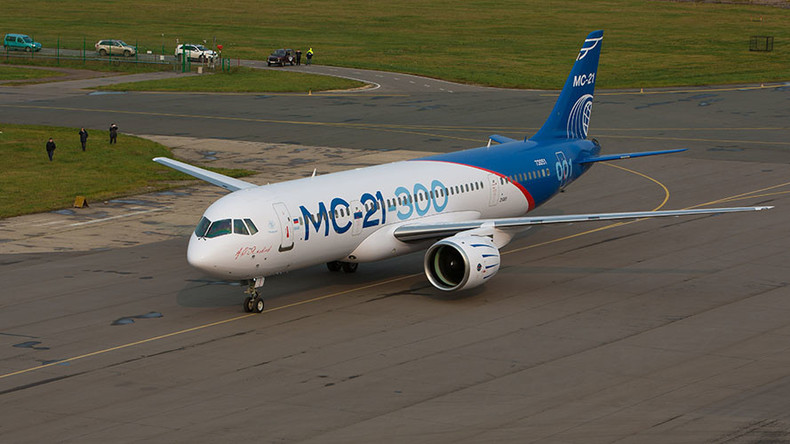 The Mexican carrier Interjet is interested in acquiring Russian MS-21 aircraft, company president Miguel Aleman Velasco told RIA Novosti.
The Mexican carrier Interjet is interested in acquiring Russian MS-21 aircraft, company president Miguel Aleman Velasco told RIA Novosti.
